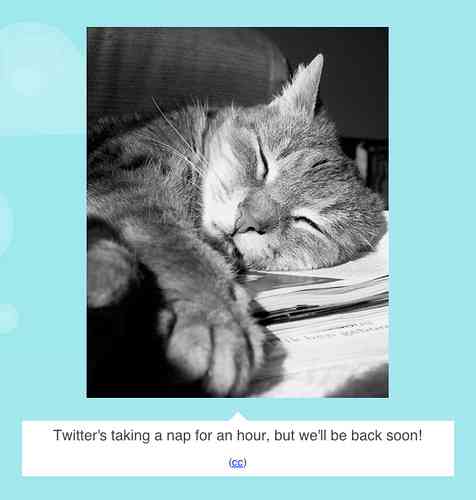This post by David Koretz, in last Thursday’s Online Publishing Insider (registration required), put it well:
According to IDC, the average user spends 32.7 hours each week on the Internet, and only 16.4 hours watching TV. So while Internet usage is double that of television, [online ad spending] lags dramatically. In 2008, Internet advertising revenue will only be one fifth the size of television advertising, a third as big as newspaper advertising, and only half of magazine advertising, according to a recent Carat report.
So what does he recommend? Among his prescriptions:
Unleash the artists: As a technology guy, it pains me to say this, but we need more artists in this industry. We need more creative folks dreaming up ad formats that create a memorable user experience and drive consumer action. We need to create new ad formats that leverage the interactivity advantage of the Web.
Most importantly … we need the type of ads that get talked about around the watercooler Monday morning.
And from new formats comes the obvious next step:
Drive transactions: The Web is the best platform for getting consumers from awareness to transaction the world has ever seen, yet few advertisers leverage the Web as a transaction platform.
Great advice all around.
Why hasn’t this advice been heeded so far? Mostly it has to do with playing it safe. Being bold means taking risks. In the recent past, marketers have been rewarded for following the path of least resistance.
Like It Or Not, It’s A New Era
But times have quite suddenly changed. The title of Koretz’s piece is Stop Blaming The Economy. His point being that the recent economic downturn could become an easy excuse for underperformance.
Along with Koretz, I suggest that this downturn should turn up the heat on innovation. For this reason (and possibly, for this reason only) this more competitive marketing environment is something that I am looking forward to.
